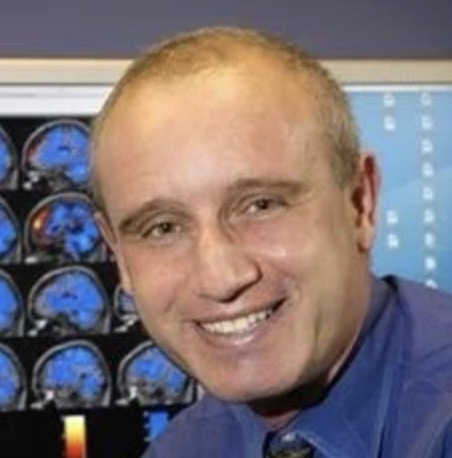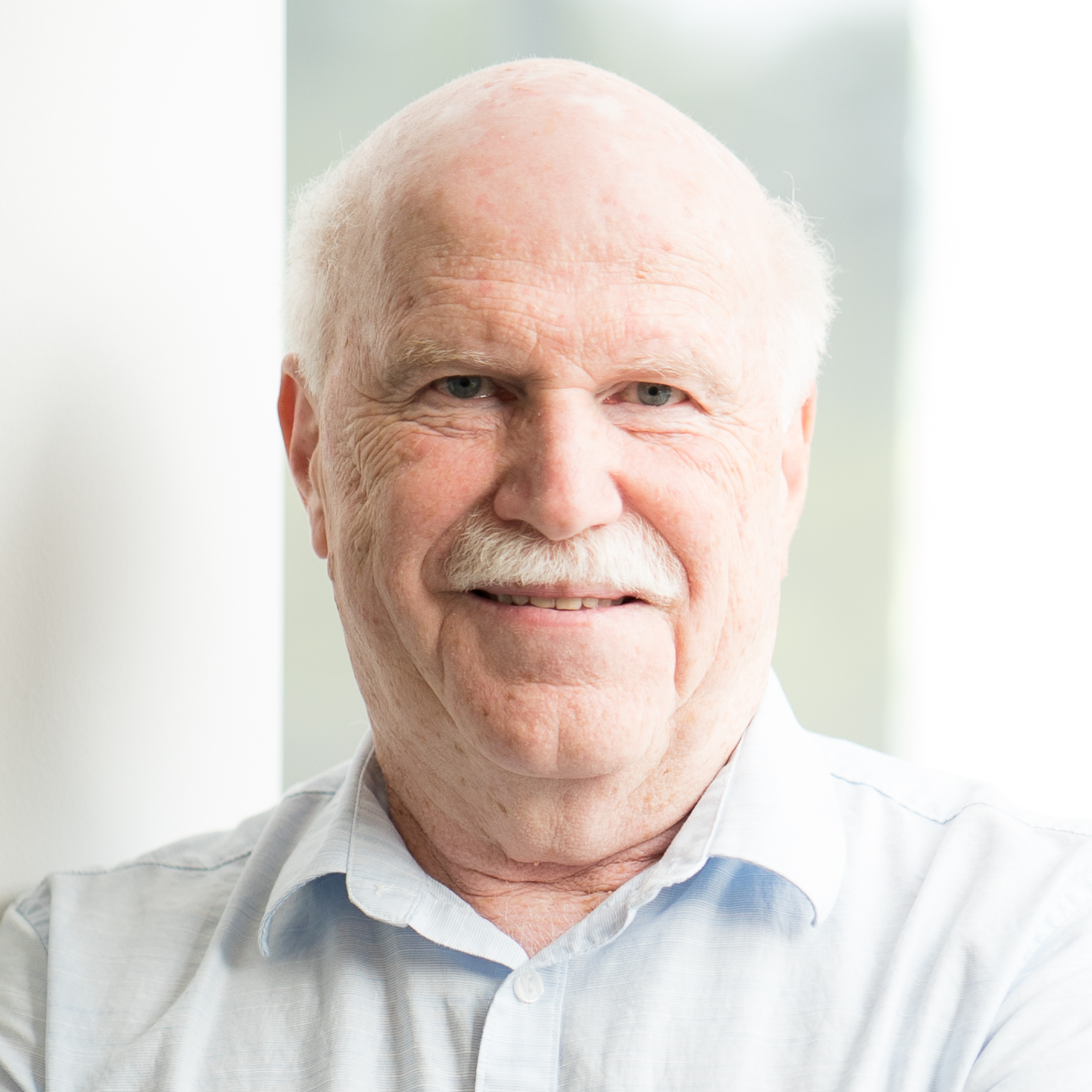J. Peter Skirkanich Professor of Bioengineering

Professor of Neurosurgery

Professor of Neurology

Professor of Communication, Psychology and Marketing

Walter H. Annenberg Professor of Natural Sciences

Professor of Neurology

Managing Director, Wharton Neuroscience Initiative

Jean-Marie Kneeley President’s Distinguished Professor of Psychology

Professor of Medicine (Geriatrics)

Nathan Francis Mossell University Professor of Bioengineering, Neuroscience and Computer Science & Information

Emeritus Professor CE of Psychiatry

Perelman Professor of Neurology

Professor of Nursing

Senior Lecturer of History and Sociology of Science

Assistant Professor of Communication

Associate Professor of Psychology

Research Assistant Professor of Neurology

Professor of Nursing

David and Lyn Silfen University Professor and Professor of Biomedical Ethics and History and Sociology of Science

Ferdinand Wakeman Hubbell Professor of Law; Professor of Psychology and Law in Psychiatry

Carlos and Rosa de la Cruz Associate Professor of Marketing

James S. Riepe University Professor; Departments of Marketing, Psychology, and Neuroscience

Richard Perry University Professor; Departments of Criminology, Psychiatry, and Psychology

Samuel A. Blank Professor in Legal Studies, Professor of Legal Studies & Business Ethics
Vice Dean and Director, Wharton Undergraduate Division

Research Director, Annenberg Public Policy Center

Emeritus Professor CE of Psychiatry

Assistant Professor of Psychiatry

Associate Professor of Psychiatry

Professor of Nursing; Associate Professor of Psychiatry

Assistant Professor of Linguistics

Assistant Professor of Medical Ethics and Health Policy
